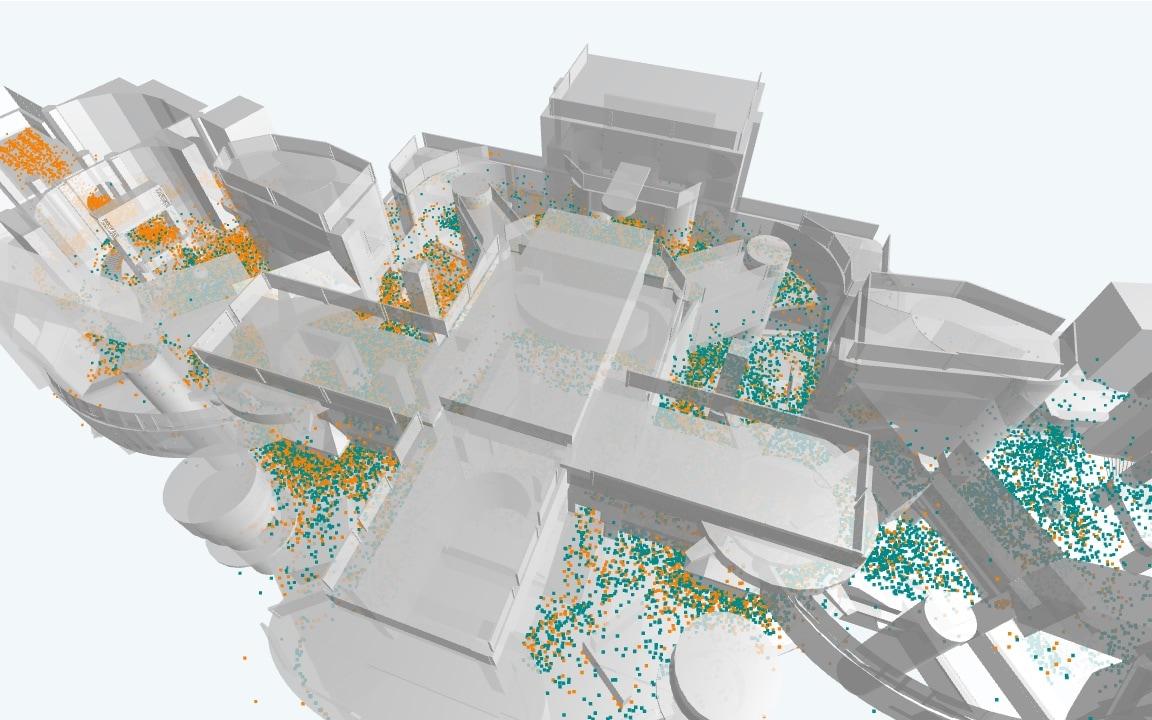Video games have become a major entertainment industry, with revenues surpassing $221 billion. As a result, video game developers and designers are vital in creating immersive games for players worldwide. Effective use of data in game development and design is crucial in creating games that are both engaging for players and profitable for the company.
Video game developers and designers must have a deep understanding of data analysis and statistical methods to make sense of the data and use it effectively in their work. The challenges faced by designers in managing complex data pipelines can be overcome by using flexible and open-ended data exploration tools like Observable.
Challenge
Managing complex data pipelines is a significant challenge that video game designers face in using data to improve their workflows and the quality of a final game. There are no established industry standards on how to explore or interpret data, which adds time and complexity to the entire development process. Moreover, using outdated technology to manage and understand data is slow and frustrating, taking up valuable development and design cycles.
“Designing a video game is both an art and a science. While it’s essential to rely on our gut feeling for what offers the best experience for players, we also need empirical evidence to back it up, and that is where data is crucial. Unfortunately, getting that evidence can be a challenge without a flexible, front-end data exploration tool,” said Max Lustyan, Principal Data Strategist at Genpop Interactive.
Better manage complex data pipelines
To better manage their complex data pipeline, Genpop Interactive turned to Observable, a flexible and open-ended data exploration tool. Observable enables the team to identify trends and explore different paths to game design by plugging into both traditional and custom data pipelines. This allows for quick diagnostics and powerful insights, such as identifying a game play element that causes significant lag and needs fixing. Observable also provides the team with added flexibility in making the front end of the platform work, regardless of the data and input they choose.
3D data analysis impacts fair game play
3D MatchPlotting in Observable enables Genpop Interactive’s video game developers and designers to render game levels better, which ensures that opposing teams have a fair playing field. Moving from 2D to 3D data analysis opens up an entirely new world for designers to make data-driven decisions that directly impact overall gameplay and user experience. By analyzing player data, designers can refine and balance specific areas to ensure that the odds are in everyone’s favor.
Data analysis provides designers with valuable insights into gameplay, which ensures that players have a fair and enjoyable gaming experience. By using data to enhance their creativity, rather than limit it, designers can create more immersive and engaging video games that captivate players worldwide and impact their company’s bottom line.


